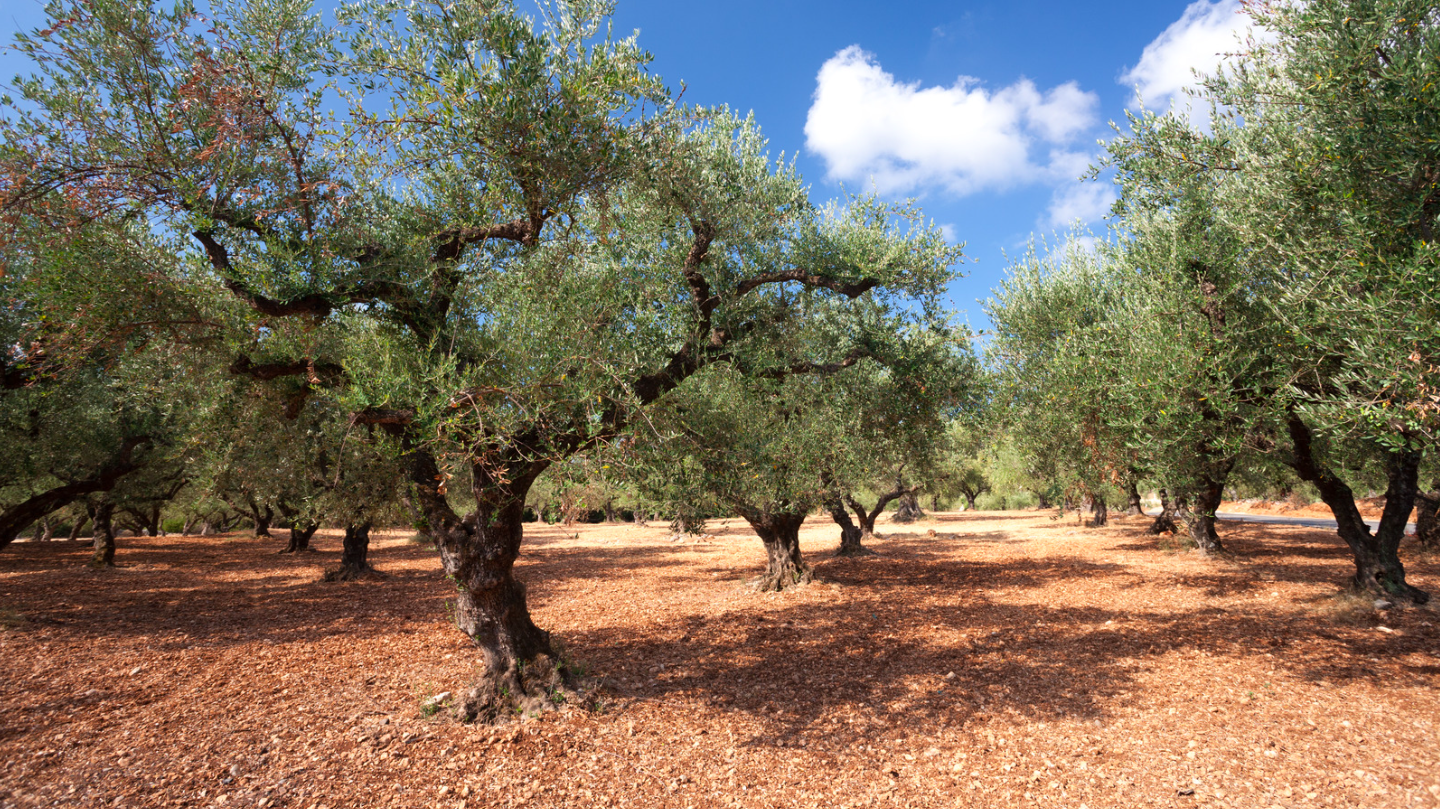
Technologies & Services
-

Land Preparation
Customized land preparation specifications quantified on a project to project basis. Solutions include on-site production of proprietary soil mixture to simply planting a SeedBall or other planting unit on fertile soil.
-

Planting Units
Proprietary compositions of SeedBalls or other formed Planting Units are optimized to local zone-by-zone conditions and species specific nutrient requirements. Manufactured for both field deployment and vertical farming systems.
-

Drone Systems
The ISB autonomous planting program consists of three main components or phases. AI mapping of the planting site, tree planting and on-going monitoring. Programs are designed for innovation/job creation balance.
-

Growth Monitoring
The monitoring phase is carried out according to VERRA registered PDDs for 40 years after the first tree goes into the ground, to ensure the highest grade ARR credits are verified and secured with third party authentication.
Want to Learn More?
Expand the various sections on the right to learn more about why these components of the planting programs are critical to what we do and how they drive the results of your planting initiatives.
-
Soil preparation is crucial for tree planting as it helps to ensure proper root development by creating a favorable environment with adequate nutrient availability, soil structure, and drainage capacity.
Adequate soil preparation facilitates water infiltration and retention, essential for sustaining tree growth and mitigating drought stress.
By optimizing soil conditions through preparation techniques such as tilling, adding organic matter, and addressing soil compaction, tree establishment and survival rates can be significantly improved, enhancing the overall success of afforestation and reforestation efforts.
-
Biocarbon, topsoil, clay, and other organic additives can be combined and shaped into various forms such as balls, pyramids, pots or custom shapes to create an ideal incubator for seeds and seedlings. These materials provide a rich and nutrient-dense environment that promotes seed germination and seedling growth by retaining moisture, supplying essential nutrients, and facilitating root development. Additionally, the porous structure of these materials promotes aeration and allows for proper drainage, reducing the risk of waterlogging and root rot, thus optimizing conditions for seedling establishment and ensuring their healthy growth.
-
Drones (sometimes equipped with LiDAR technology) are utilized by ISB to provide detailed and accurate data on tree growth, health, and carbon sequestration. Sensors mounted on drones emit laser pulses that measure the distance to objects on the ground, allowing for precise 3D mapping of forested areas. By analyzing this data, ISB can assess tree heights, canopy density, and biomass distribution, enabling them to monitor changes in forest structure over time and estimate carbon stocks. This technology facilitates efficient forest management practices by identifying areas of concern, such as disease outbreaks or deforestation, and informing decision-making processes aimed at promoting sustainable forestry and maximizing carbon sequestration potential.
-
Monitoring tree growth is a critical component of UN 14064 tree planting and carbon management programs as it provides essential data for assessing carbon sequestration rates and verifying carbon offset claims. By tracking the growth of planted trees over time, these programs can accurately quantify the amount of carbon dioxide removed from the atmosphere and stored in biomass. This data is crucial for demonstrating the effectiveness of tree planting initiatives in mitigating climate change and meeting emissions reduction targets outlined in international agreements such as the Paris Agreement. Additionally, ongoing monitoring allows for adaptive management practices, enabling program managers to optimize tree planting strategies and maximize carbon sequestration benefits.
What are ARR Credits?
Afforestation, Reforestation, and Revegetation (ARR) carbon credits are generated by projects that involve planting trees or restoring vegetation on land that was previously devoid of forest cover or degraded. These projects aim to sequester carbon dioxide from the atmosphere through the growth of trees and vegetation, effectively reducing greenhouse gas concentrations. ARR carbon credits are issued based on the amount of carbon dioxide sequestered by the newly established or restored forests and vegetation, with verification and certification conducted according to recognized standards and methodologies.
The graph reflects total tons of carbon dioxide sequestered (TCO2e) in a recently assessed project at 4 year intervals. These can be retired to voluntarily offset the carbon footprint of a GHG emitter or sold on the international market.
